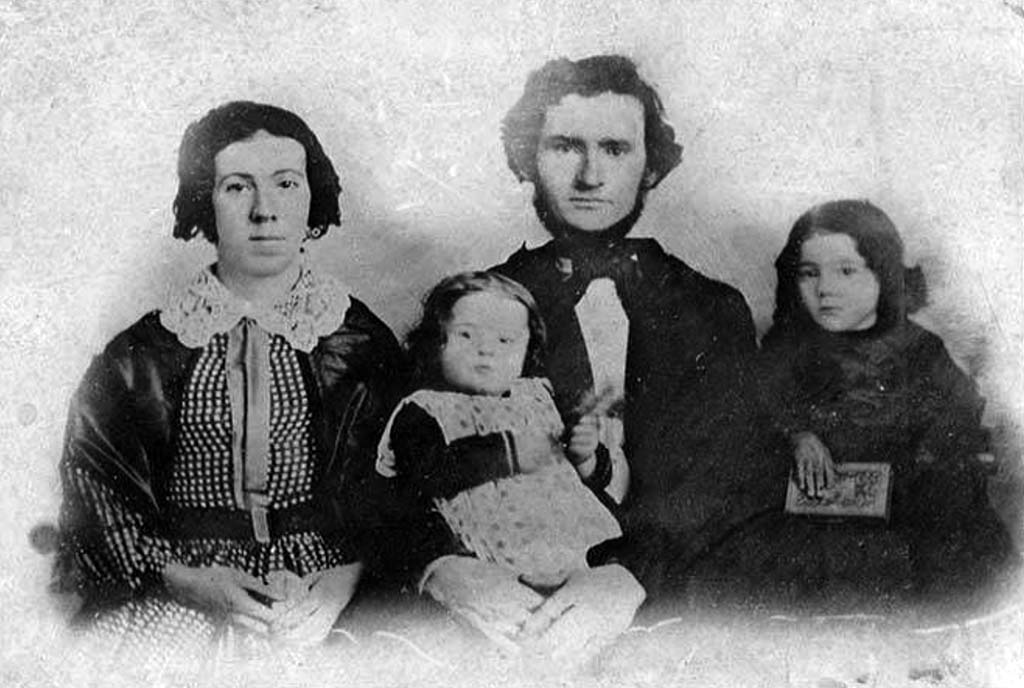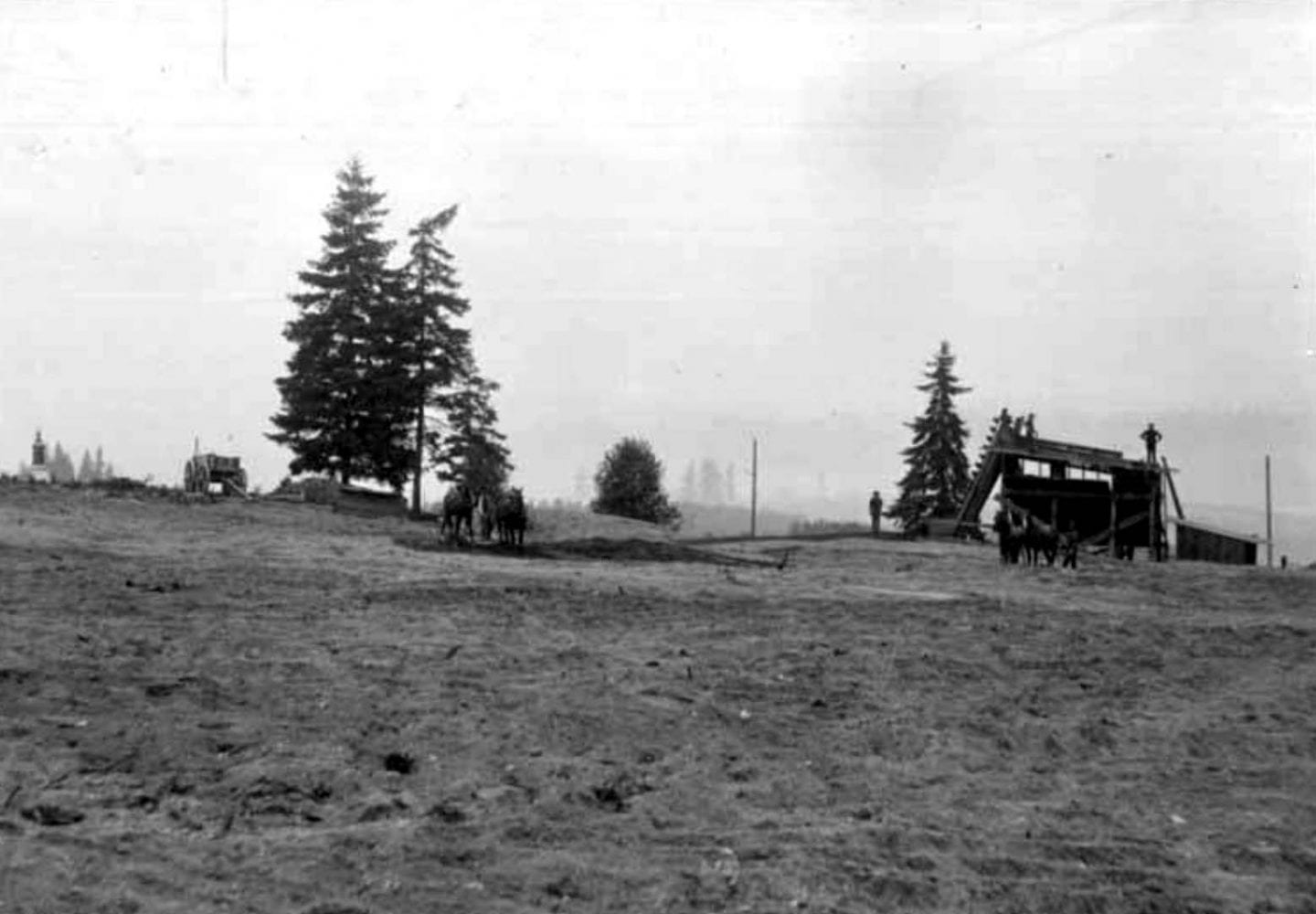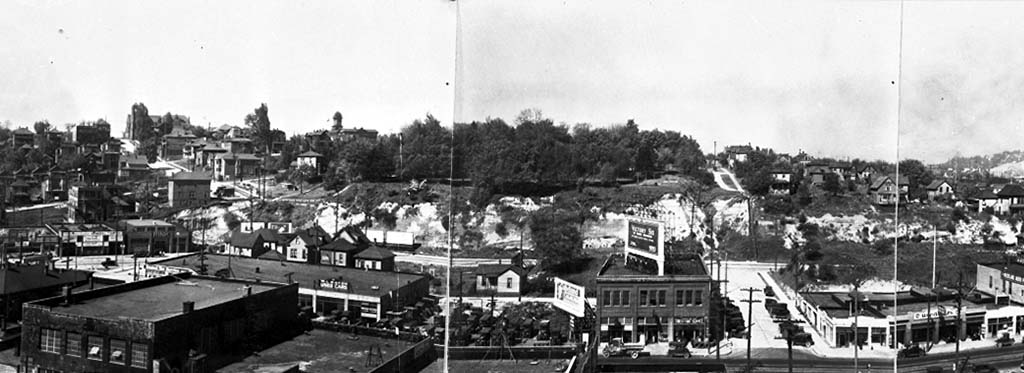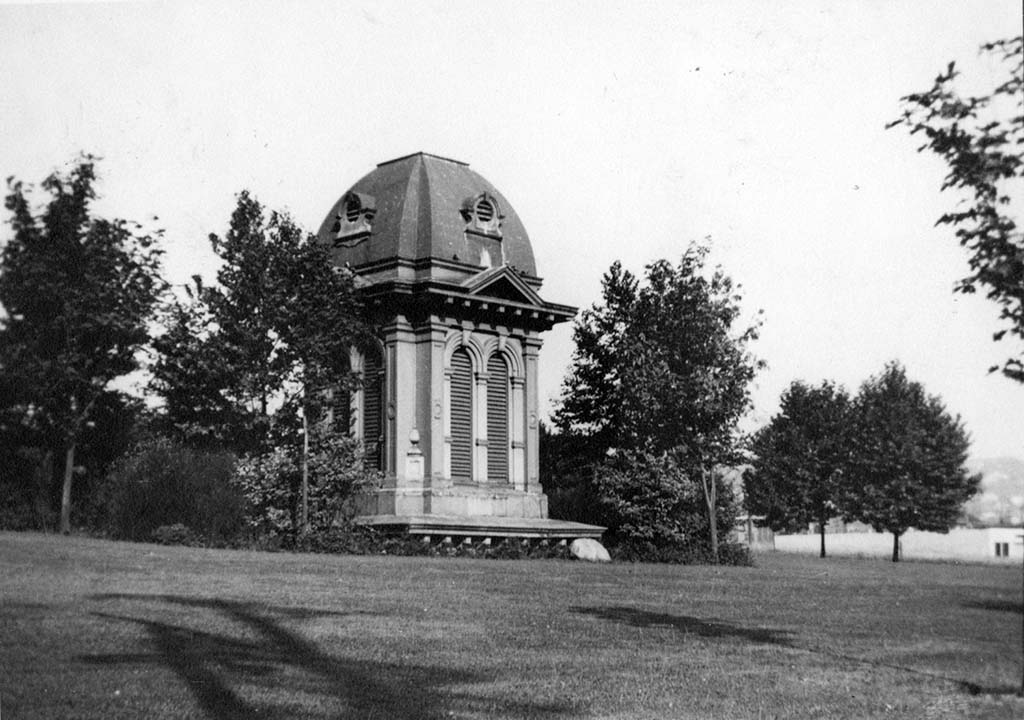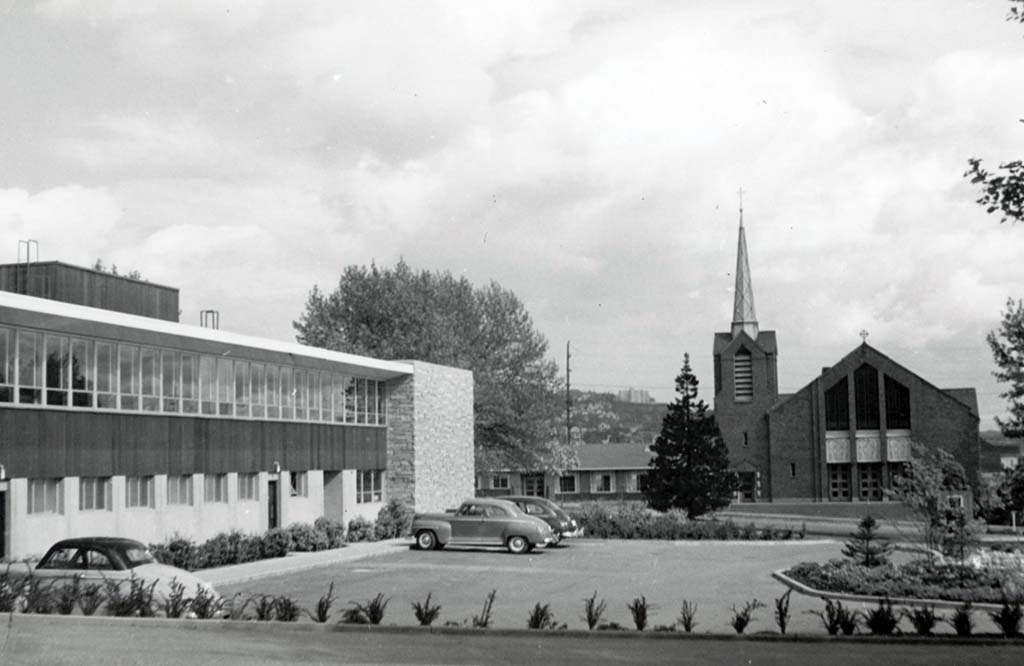-
Denny Park
Denny Park
Like many expanding young cities, early day Seattle needed a place to bury its dead. Initially, this was a bit haphazard but in 1864, settlers David and Louisa Denny donated part of their property for Seattle’s first official cemetery. Not only did it receive new burials but it also got the old burials from graves scattered around town. Continued growth though forced the Denny-donated cemetery to find a new location. So in 1884, the burials were exhumed and moved to several locations, including what became Volunteer Park. But their journeys after death did not end and in 1887, the city transferred those remains north a short distance to Lake View Cemetery, adjacent to the park.
After the exhumation of the dead, the original cemetery became Seattle Park, the city’s first, later named Denny Park. It was a popular place for families to visit and for children attending the nearby Denny School. But once again, city officials felt a need for change. In 1930, the park property was lowered 60 feet as part of the final regrade of Denny Hill. The present park administration building was built in 1948, despite the objections of Denny family members.
As more people have moved into this part of downtown Seattle, the park has continued to be popular, which resulted in a major renovation in 2017. It included new pathways and paved areas, more open space, and new lighting. The more than 140 trees include native bigleaf maple and western red cedar, as well as exotic Japanese snowbell, Chinese lacquer tree, Austrian black pine, and giant sequoia.
Walk east one block to Westlake Avenue.

